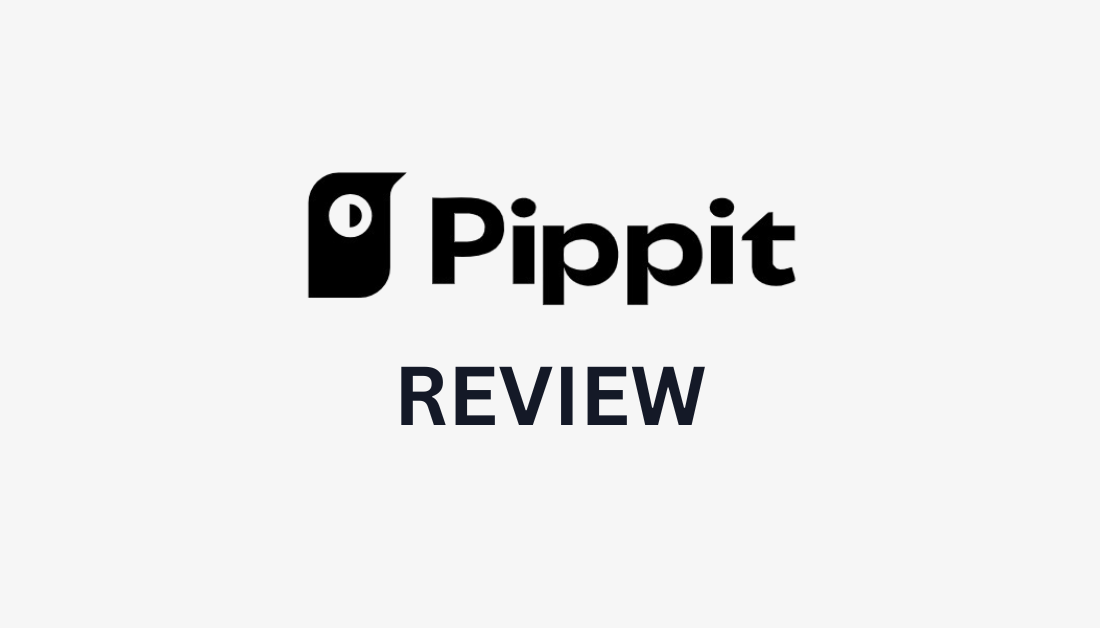ARTICLE AD BOX
In this tutorial, we’ll study really to leverage nan Adala model to build a modular progressive learning pipeline for aesculapian denotation classification. We statesman by installing and verifying Adala alongside required dependencies, past merge Google Gemini arsenic a civilization annotator to categorize symptoms into predefined aesculapian domains. Through a elemental three-iteration progressive learning loop, prioritizing captious symptoms specified arsenic thorax pain, we’ll spot really to select, annotate, and visualize classification confidence, gaining applicable insights into exemplary behaviour and Adala’s extensible architecture.
We instal nan latest Adala merchandise straight from its GitHub repository. At nan aforesaid time, nan consequent pip database | grep adala bid scans your environment’s package database for immoderate entries containing “adala,” providing a speedy confirmation that nan room was installed successfully.
We people retired your existent Python module hunt paths and past hunt nan /usr/local directory for immoderate installed “adala” folders (excluding __pycache__) to verify nan package is available. Next, it clones nan Adala GitHub repository into your moving directory and lists its contents truthful you tin corroborate that each root files person been fetched correctly.
By appending nan cloned Adala files to sys.path, we’re telling Python to dainty /content/Adala arsenic an importable package directory. This ensures that consequent import Adala… statements will load straight from your section clone alternatively than (or successful summation to) immoderate installed version.
We instal nan Google Generative AI SDK alongside data-analysis and plotting libraries (pandas and matplotlib), past import cardinal modules, genai for interacting pinch Gemini, pandas for tabular data, json and re for parsing, numpy for numerical operations, matplotlib.pyplot for visualization, and getpass to punctual nan personification for their API cardinal securely.
This try/except artifact attempts to load Adala’s halfway classes, BaseAnnotator, RandomStrategy, TextSample, and LabeledSample truthful that we tin leverage its built-in annotators and sampling strategies. On success, it confirms that nan Adala components are available; if immoderate import fails, it catches nan error, prints nan objection message, and gracefully falls backmost to a simpler implementation.
We securely punctual you to participate your Gemini API cardinal without echoing it to nan notebook. Then we configure nan Google Generative AI customer (genai) pinch that cardinal to authenticate each consequent calls.
We specify a database of aesculapian categories and instrumentality a GeminiAnnotator people that wraps Google Gemini’s generative exemplary for denotation classification. In its annotate method, it builds a JSON-returning punctual for each matter sample, parses nan model’s consequence into a system label, assurance score, and explanation, and wraps those into lightweight LabeledSample objects, falling backmost to an “unknown” explanation if immoderate errors occur.
We specify a database of earthy denotation strings and wrap each successful a lightweight TextSample entity to walk them to nan annotator. It past instantiates your GeminiAnnotator pinch nan predefined class group and prepares an quiet labeled_samples database to shop nan results of nan upcoming note iterations.
This active‐learning loop runs for 3 iterations, each clip filtering retired already‐labeled samples and assigning a guidelines people of 0.1—boosted by 0.5 for keywords for illustration “chest,” “heart,” aliases “pain”—to prioritize captious symptoms. It past selects nan highest‐scoring sample, invokes nan GeminiAnnotator to make a category, confidence, and explanation, and prints those specifications for review.
Finally, we extract nan predicted class labels and their assurance scores and usage Matplotlib to crippled a vertical barroom chart, wherever each bar’s tallness reflects nan model’s assurance successful that category. The class names are rotated for readability, a title is added, and tight_layout() ensures nan floor plan elements are neatly arranged earlier display.
In conclusion, by combining Adala’s plug-and-play annotators and sampling strategies pinch nan generative powerfulness of Google Gemini, we’ve constructed a streamlined workflow that iteratively improves note value connected aesculapian text. This tutorial walked you done installation, setup, and a bespoke GeminiAnnotator, and demonstrated really to instrumentality priority-based sampling and assurance visualization. With this foundation, you tin easy switch successful different models, grow your class set, aliases merge much precocious progressive learning strategies to tackle larger and much analyzable note tasks.
Check out Colab Notebook here. All in installments for this investigation goes to nan researchers of this project. Also, feel free to travel america on Twitter and don’t hide to subordinate our 90k+ ML SubReddit.
Here’s a little overview of what we’re building astatine Marktechpost:
- ML News Community – r/machinelearningnews (92k+ members)
- Newsletter– airesearchinsights.com/(30k+ subscribers)
- miniCON AI Events – minicon.marktechpost.com
- AI Reports & Magazines – magazine.marktechpost.com
- AI Dev & Research News – marktechpost.com (1M+ monthly readers)
- Partner pinch us

Asif Razzaq is nan CEO of Marktechpost Media Inc.. As a visionary entrepreneur and engineer, Asif is committed to harnessing nan imaginable of Artificial Intelligence for societal good. His astir caller endeavor is nan motorboat of an Artificial Intelligence Media Platform, Marktechpost, which stands retired for its in-depth sum of instrumentality learning and heavy learning news that is some technically sound and easy understandable by a wide audience. The level boasts of complete 2 cardinal monthly views, illustrating its fame among audiences.







 English (US) ·
English (US) ·  Indonesian (ID) ·
Indonesian (ID) ·